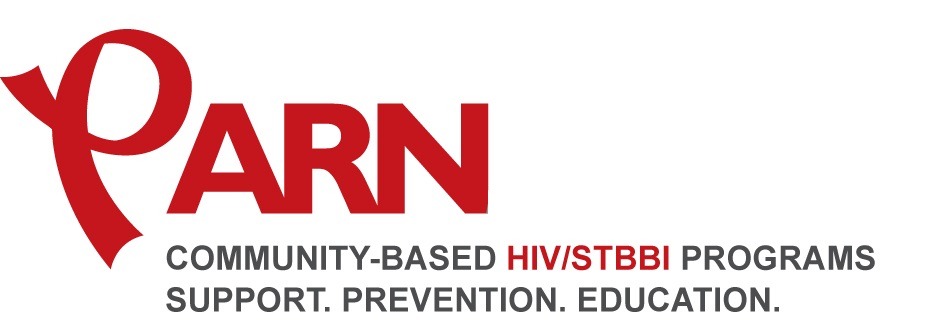Improved Prescribing Rates and Education for Doctors
Historically, opioids were prescribed globally from doctors, surgeons, dentists, and others for their patients to manage pain. It was widely advertised that opioids, and oxycontin in particular, was not addictive and could be prescribed for all types of pain. However, with later research, it was found that opioids can be addictive. One of the main harm reduction approaches to tackling this opioid crisis is to improve education and best practices for doctors, so that they can make alternate referrals, rather than prescribe an opioid for pain management.
More tools exist now that can help guide doctors, dentists and surgeons with helping their patients, including:
- The Opioid Risk Tool to determine if the patient is at greater risk of opioid dependence.
- Opioid Wisely which is used to encourage conversation between doctors and patients, to ultimately reduce harms that are associated with prescribing opioids.
- Opioid Manager that supports doctors prescribe and manage patients experiencing chronic non-cancer pain.
These methods are all designed to help prevent opioid use from occurring in the first place – with more education and knowledge about when and how to prescribe opioids, we can save many people from beginning to use them at all.
